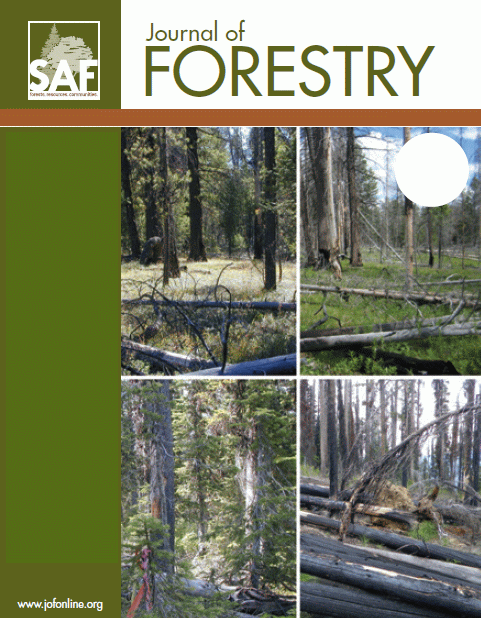-
PDF
- Split View
-
Views
-
Cite
Cite
David J. Flaspohler, Curt Meine, Planning for Wildness: Aldo Leopold’s Report on Huron Mountain Club, Journal of Forestry, Volume 104, Issue 1, January 2006, Pages 32–42, https://doi.org/10.1093/jof/104.1.32
Close - Share Icon Share
Abstract
Aldo Leopold’s Report on Huron Mountain Club, published privately in 1938, represented a novel synthesis of emerging ideas in forestry, wildlife ecology, protected area design, and landscape-scale planning. Examination of this little-known report provides new insight into the evolution of Leopold’s thinking and the development of applied conservation science. The report emerged at a time when insights from scientific ecology were beginning to alter utilitarian and preservationist approaches to conservation and resource management in North America. In his report Leopold integrated ideas from several disciplines, producing a plan that emphasized the establishment of core and buffer zones in protected areas, reduction of overabundant native species, relaxation of predator control policies, and integration of research in the management of protected areas.




Comments